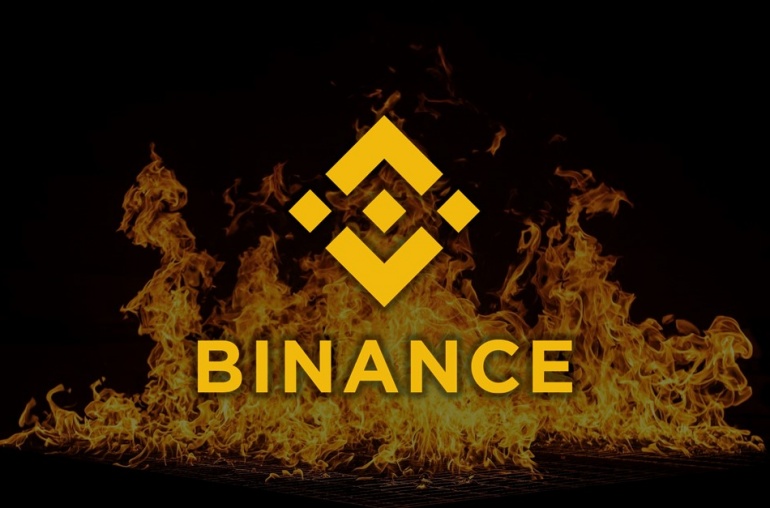Bitcoin, the world’s largest cryptocurrency, has continued to maintain its position as the most valuable digital asset despite the rise of Layer-1 smart contract platforms, according to Binance Research.
However, the sustainability of Bitcoin remains a question as concerns about its scalability and energy consumption persist. As more attention is drawn to the crypto market, investors and analysts closely monitor Bitcoin’s long-term prospects and ability to adapt to changing market conditions.
On April 4, a series of tweets were posted highlighting key takeaways from a recent report on Bitcoin published on April 1. The report delves into the current state of the popular cryptocurrency and offers insights into its potential future trajectory.
Further, Binance Research expressed apprehensions regarding the potential impact of future halvings and low transaction fees on the security of Bitcoin. Additionally, the research conveyed concerns about Bitcoin’s ability to remain competitive without advanced smart contracts.
According to the report, the development of Ordinals and Inscriptions in 2023 has led to notable improvements in on-chain metrics, particularly concerning transaction fees on the Bitcoin network. This development underscores the importance of ongoing innovation and progress in the Bitcoin ecosystem to ensure its continued viability and competitiveness.
Moreover, in the discussion around the long-term viability of Bitcoin, Binance Research highlighted the significance of Layer-2 (L2) solutions. The research emphasizes that such solutions offer scalability, tackle potential load increases from Ordinals, and introduce greater programmability to the Bitcoin network, contributing to its sustainability.
Binance Research concludes that the Bitcoin sustainability argument will likely grow more significant and complicated due to the introduction of Ordinals, the creation of Bitcoin L2s, and the imminent halving event.



